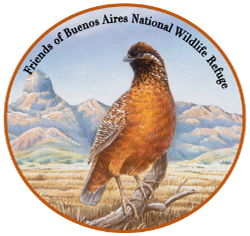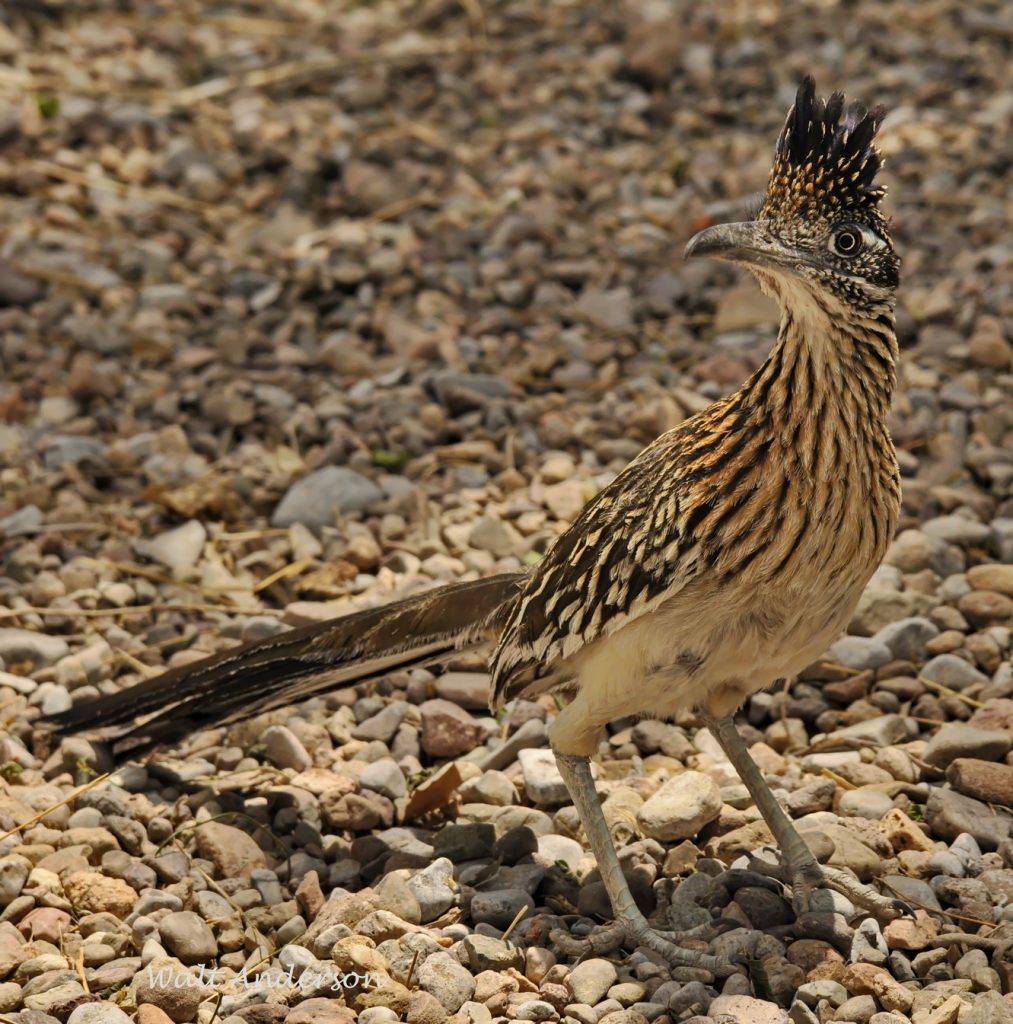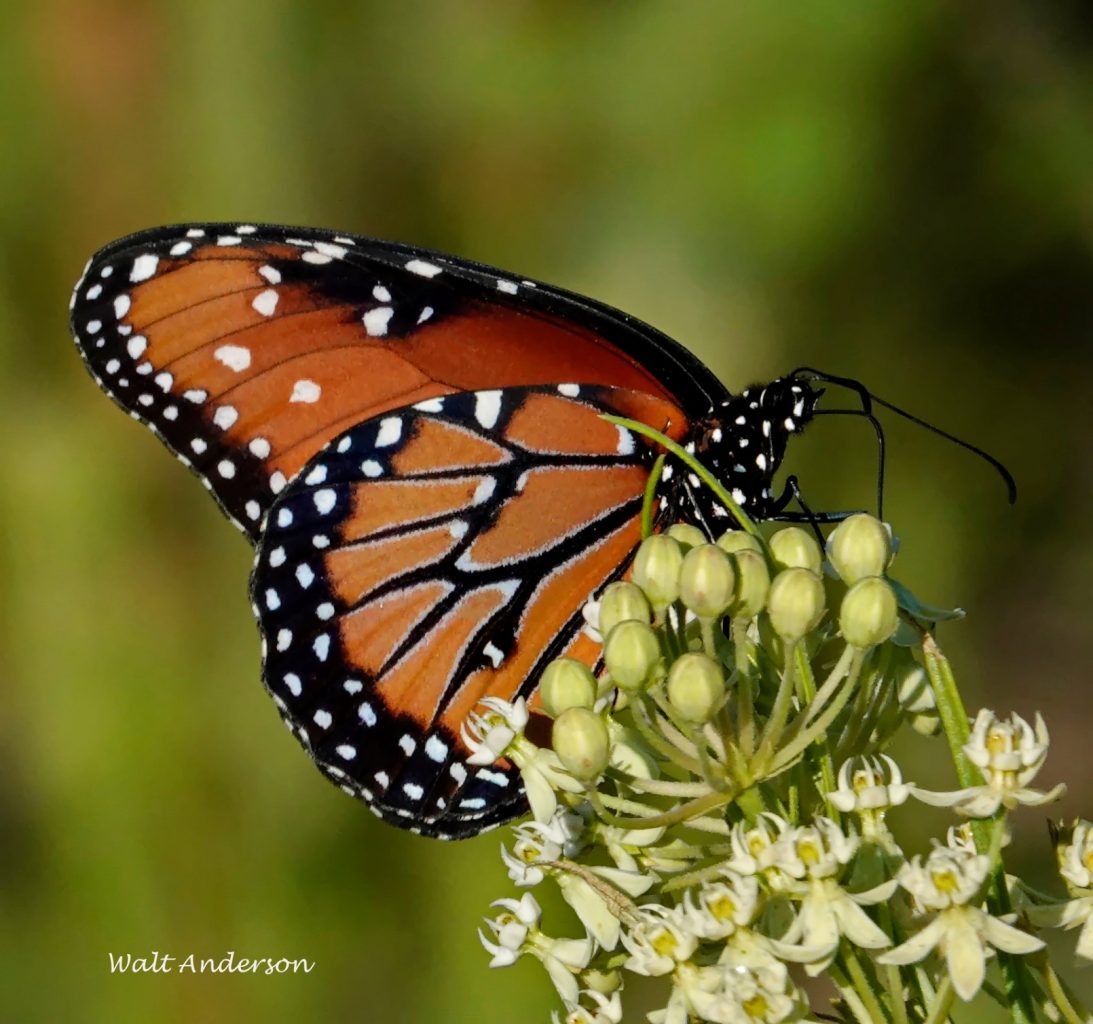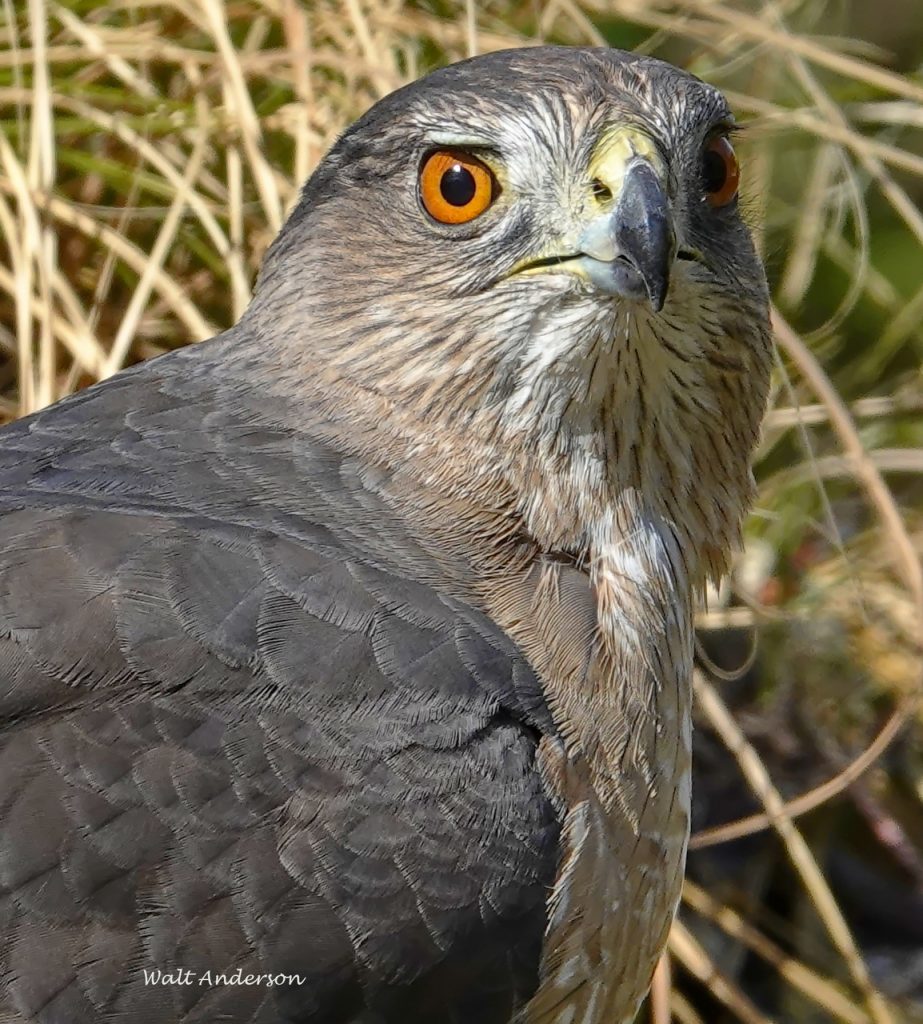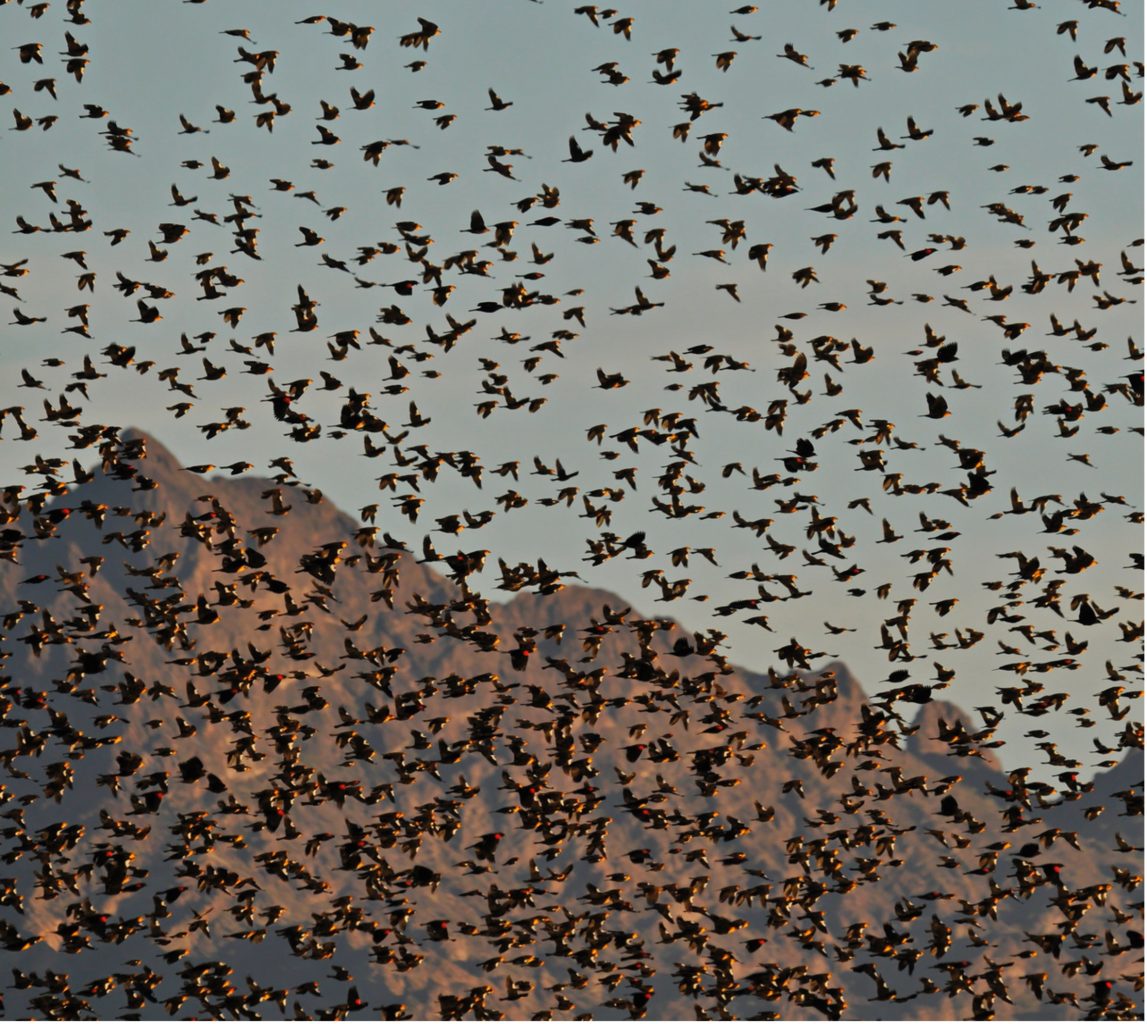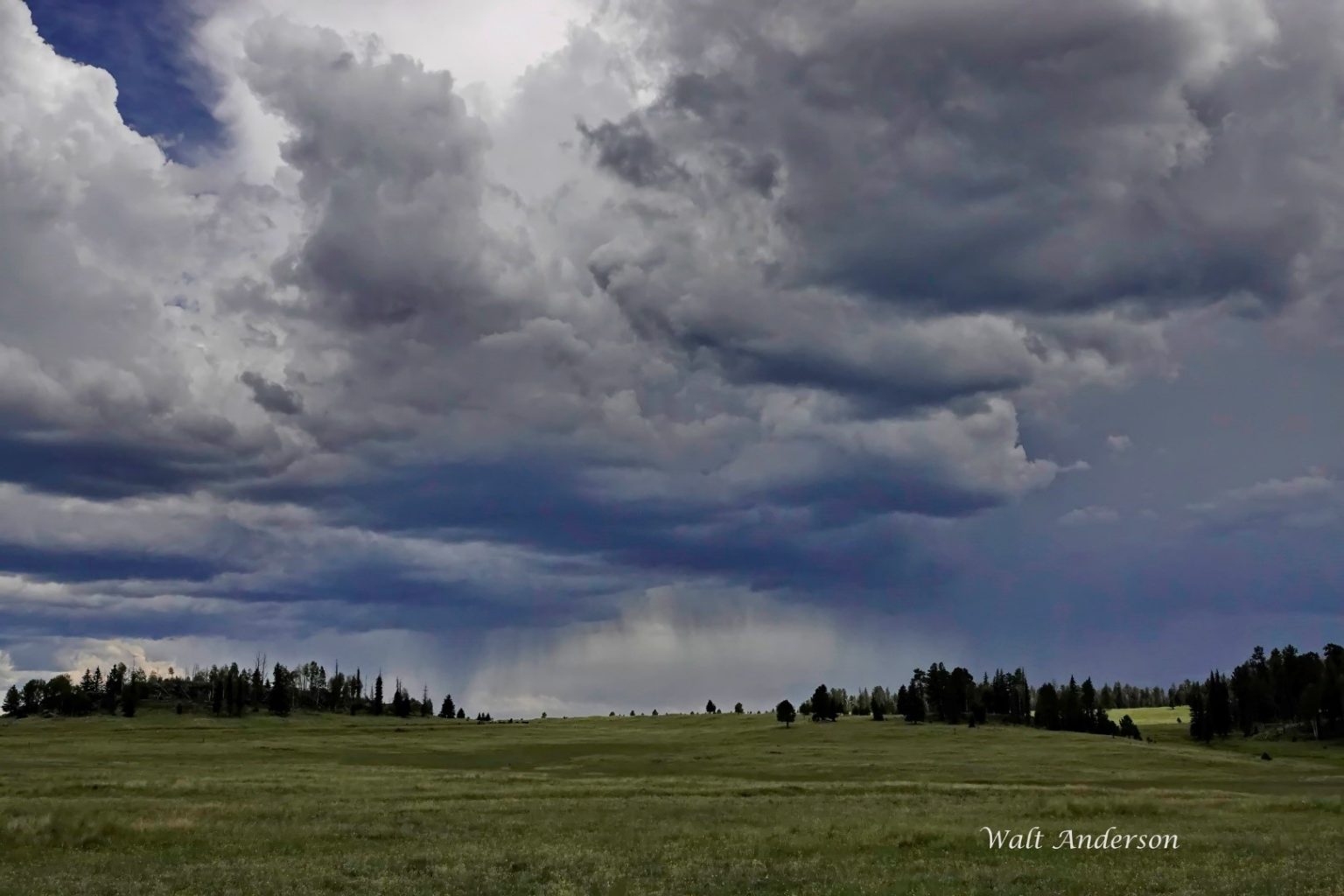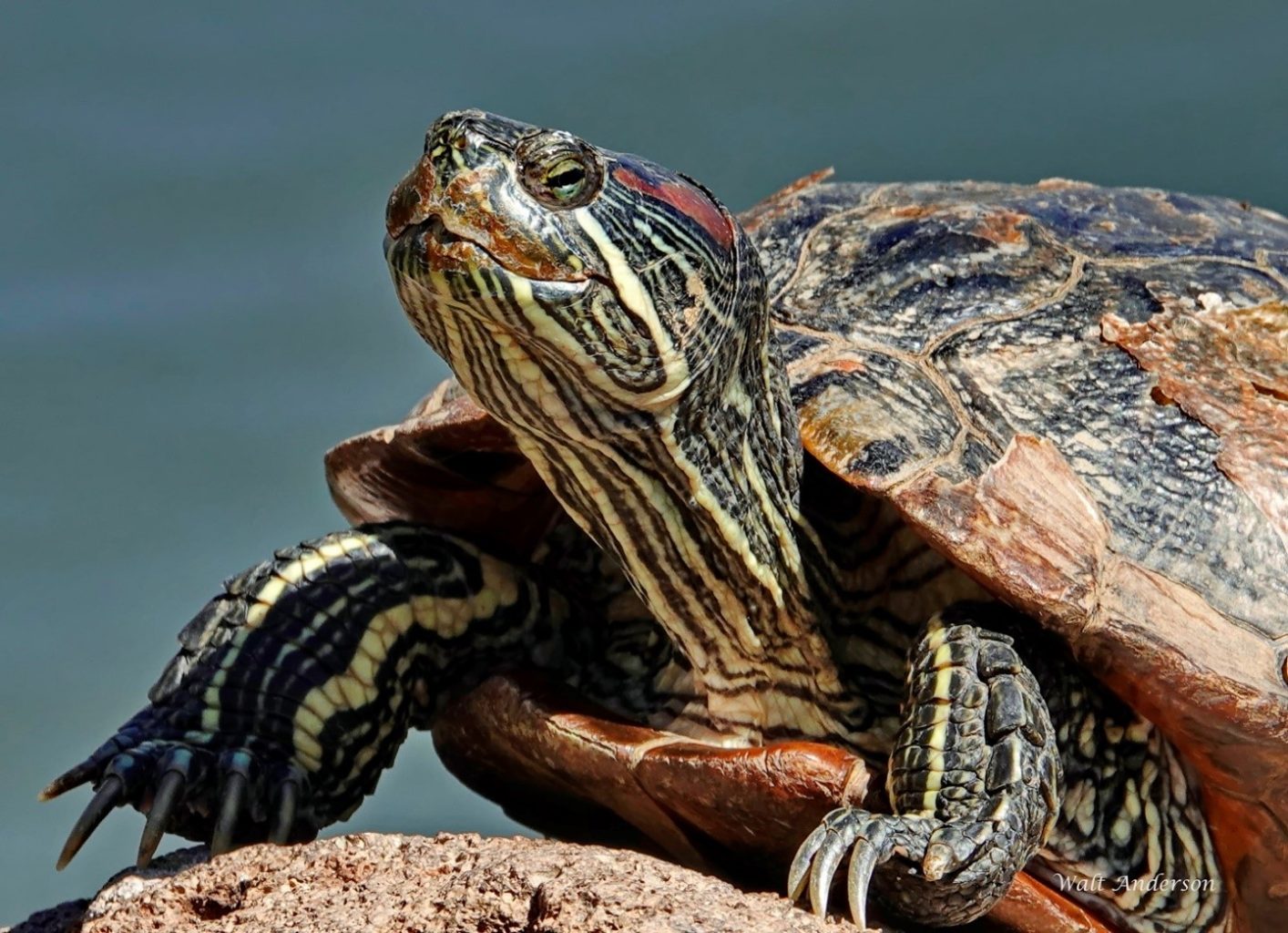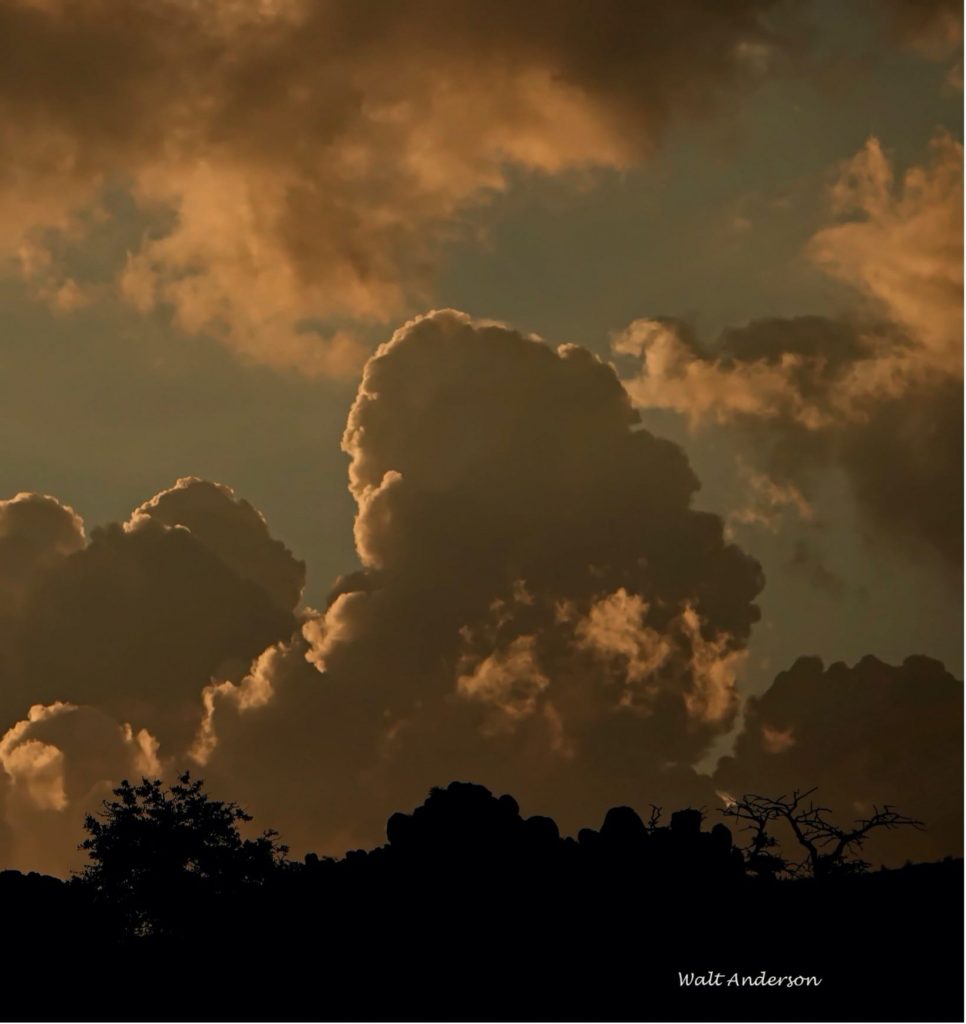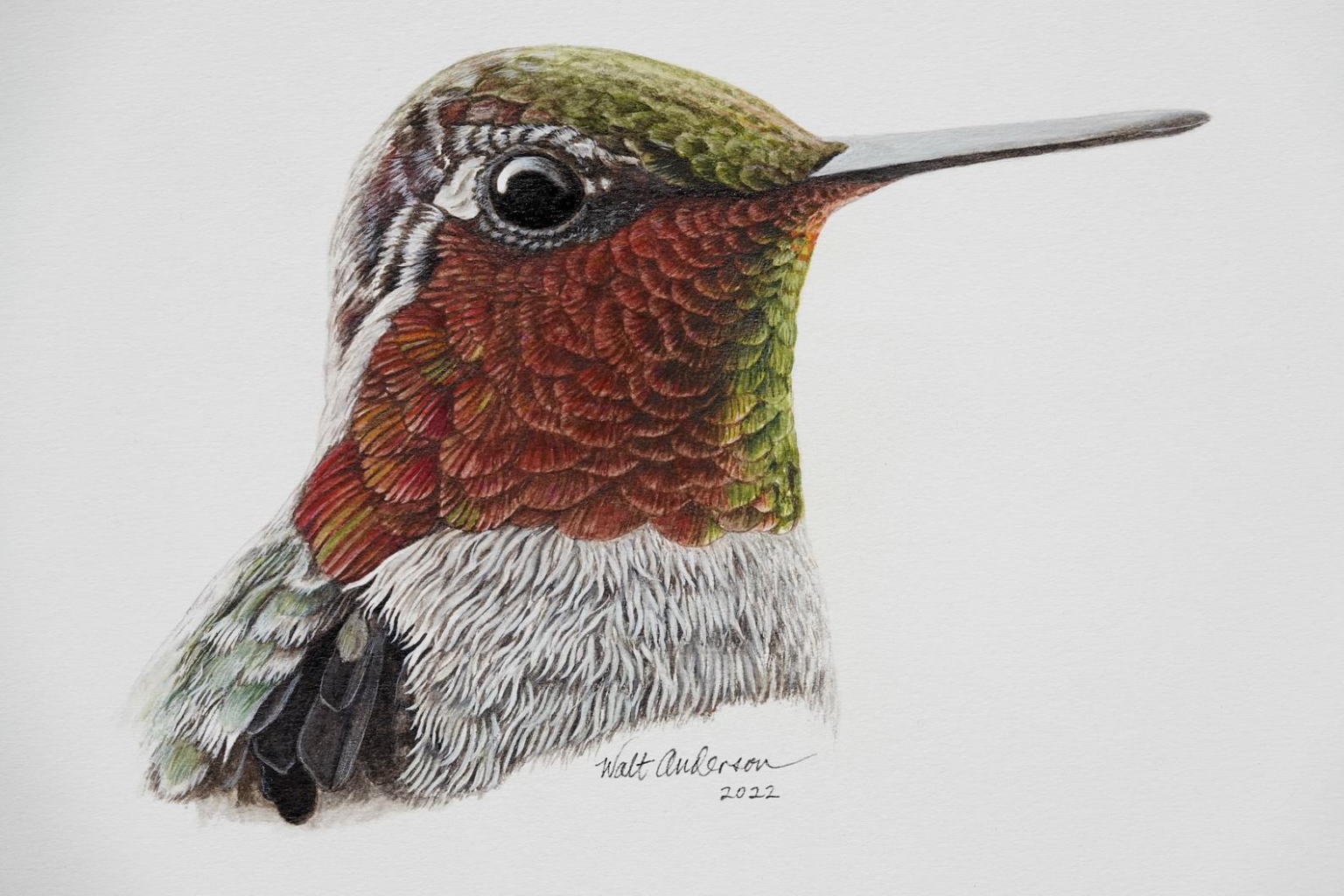Essays
Among Friends. Appearances Can Be Deceiving: Ornate Tree Lizard, by Walt Anderson
We humans may try to keep up appearances, but some lizards do so to an even greater extent; their very lives depend on it. What better way to talk about appearances then discussing one who is ornate by its very name! Brown Canyon in the Baboquivaris is perfect habitat for tree lizards, which use rocks…
Read MoreAmong Friends, Roadrunner Rhapsody, by Walt Anderson
The headquarters area of Buenos Aires National Wildlife Refuge is an oasis for wildlife, and many critters have become habituated to the presence of humans—hence easy to watch. Among these watchable wild ones is the Greater Roadrunner, stalking what it considers lesser creatures across the lawn and grassy edges. The roadrunner is probably best known…
Read MoreAmong Friends. Got Milk? Milkweeds, by Walt Anderson
Most people are aware of the Monarch, the poster-child butterfly for its dramatic migrations and conspicuous beauty. Once super-abundant and widespread in North America, the Monarch has fallen victim to many human-induced sources of mortality. Millions of acres of breeding habitat (basically milkweeds) have been lost to soybean, corn, and other crops; caterpillars have been…
Read MoreAmong Friends. Fearless & Fierce (Cooper’s Hawk), by Walt Anderson
As social animals ourselves, we spend a lot of time “reading” other people, trying to ascertain their thoughts, their emotional states, their desires. We also work hard to project information about ourselves to others, whether it be honest or deceptive. Do we appear trustworthy, appealing, likeable? Do we come across as intelligent, a leader, a…
Read MoreAmong Friends. Yellowhead, by Walt Anderson
I admit to a fondness for blackbirds. Most have dramatic behaviors, and they can gather in enormous mixed-species flocks in the winter, filling the air with a riot of sound when in flight. The largest of them, the Yellow-headed Blackbird, has the scientific name Xanthocephalus xanthocephalus, which may sound like some kind of curse spit…
Read MoreGetting High in Arizona
Non-residents who haven’t had the joy of visiting the state often have very narrow perceptions of Arizona, often starting with the Grand Canyon and Saguaros. “Desert” and “Phoenix” also rank high. Birders from around the world are aware that there are many “Mexican” species that cross the border, making this a must-see state for serious…
Read MoreTurtle Talk
Turtle Talk, by Walt Anderson It’s time to talk turtle! There are about 360 living species of turtles in the world, about 3% of reptilian diversity. Arizona is a herpetologist’s paradise when it comes to reptiles (impressive lizard and rattlesnake diversity, for example), though only 6 of the 107 native reptiles in the state are…
Read MoreMonsoon Magic, by Walt Anderson
Arizona is a land of contrasts, and nothing illustrates that better than a generous monsoon season in the midst of a long-term drought. Buenos Aires National Wildlife Refuge is a biodiversity hotspot, blessed with vast grasslands, rich riparian areas, and the unique mountain ecosystems in Brown Canyon in the Baboquivaris. Best of all, it is…
Read MoreHairy Woodpecker
by Walt Anderson The Hairy Woodpecker has one of the largest ranges of any North American bird. In fact, it is found in forested areas from Alaska to Panama. This bird is striking in more ways than one, so let’s take a closer look at this common neighbor of ours. Almost anyone can recognize a…
Read MoreNational Pollinator Week
Today is World Camel Day, and though I admire the lanky beasts, I chose instead to call our attention to National Pollinator Week. Early plants relied on spores for reproduction, and some present ones (e.g., ferns) still do. Wind served to disperse the pollen of gymnosperms, and they had their heyday too, but it was the evolution of Angiosperms that relied on pollen transfer with the aid of animals that really caused a botanical revolution. Today, the great diversity of plants is dependent upon the even greater diversity of animals, particularly insects. Much of our food supply is dependent on pollinators of various kinds, yet our increasing reliance on industrial agriculture, along with its overuse of chemical fertilizers and “pesticides,” is threatening native biodiversity and sometimes even the future of the plants we depend on.
Read More